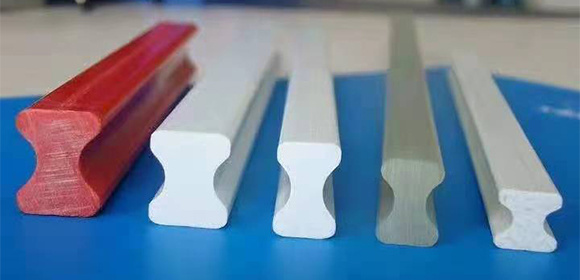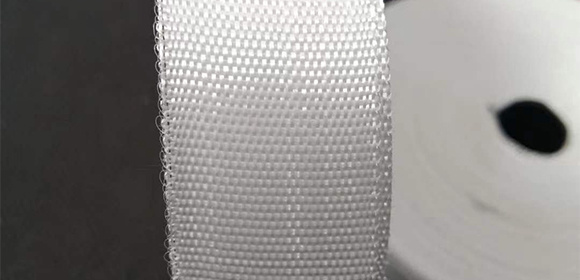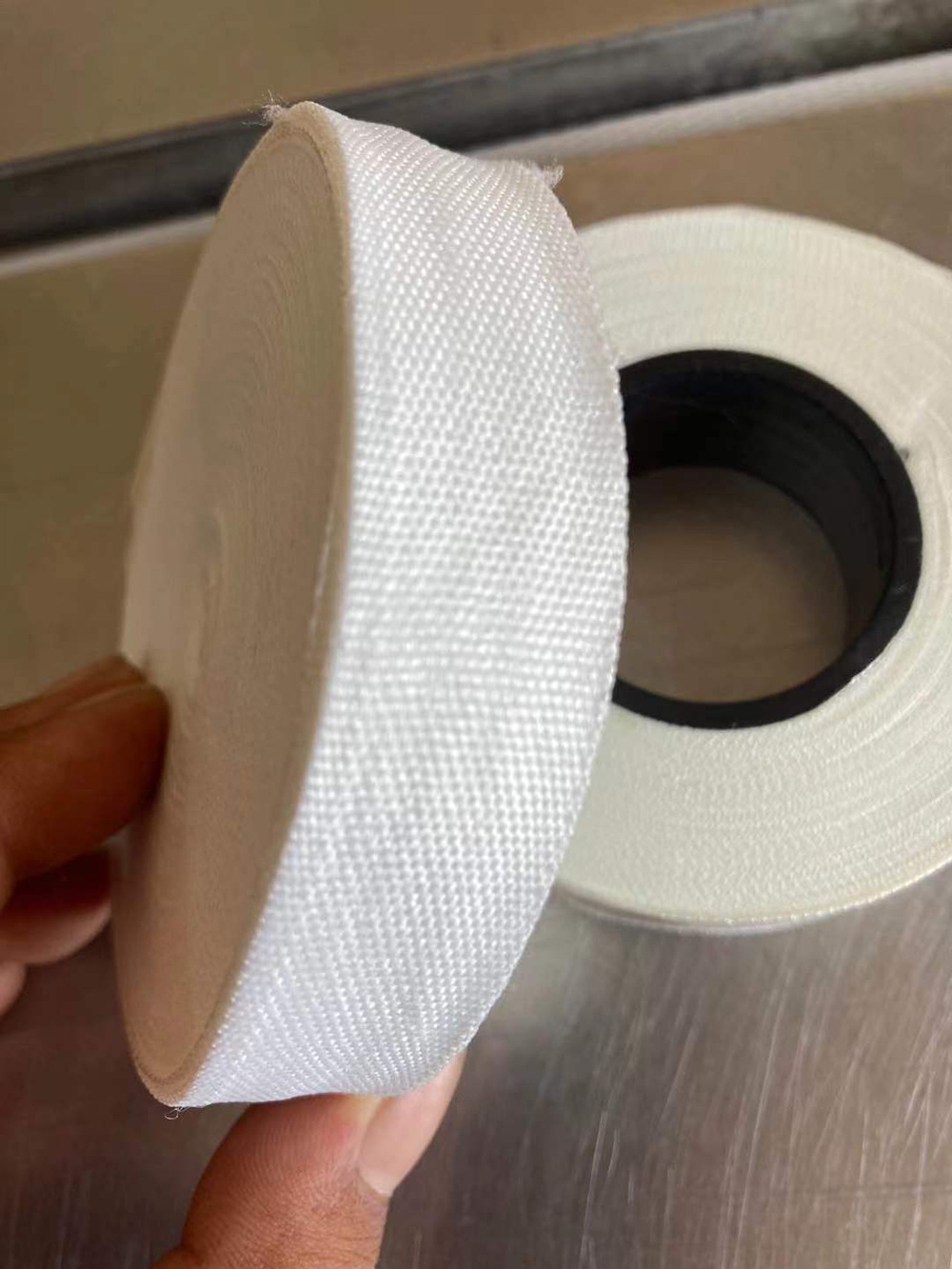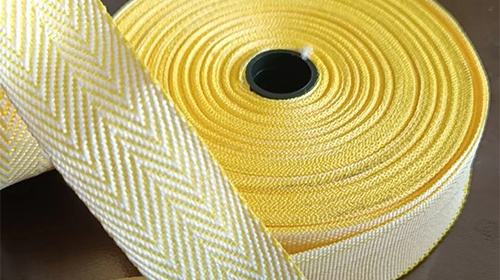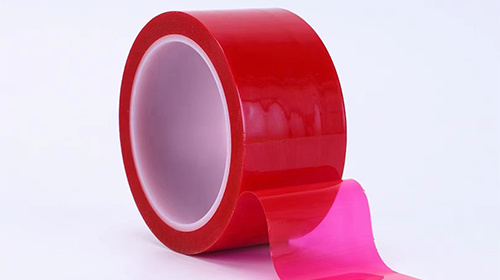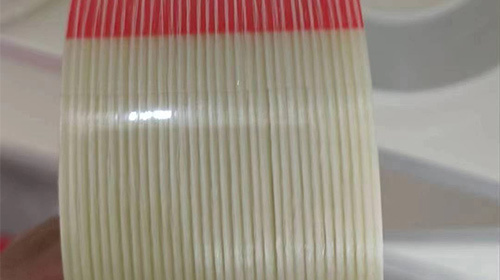Understanding the Working Principle of Electricity Insulating Board
Introduction to Electricity Insulating Board
Hey there! If you’ve ever wondered how electricity insulating boards play a crucial role in keeping our electrical systems safe and efficient, you’re in for a treat! Let’s unravel the mysteries of these unsung heroes in the world of electrical engineering.
What is an Electricity Insulating Board?
In simple terms, an electricity insulating board is a material that prevents electrical current from passing through it. Think of it as a barrier that keeps the flow of electricity in check. These boards are usually made from materials like fiberglass, plastic, or other insulating compounds, designed to withstand high voltages and extreme conditions.
How Does It Work?
Now, let’s get into the nitty-gritty of its working principle. The magic lies in the atomic structure of the insulating material. You see, insulators have tightly bound electrons that don’t move freely. This is what prevents electric current from flowing through. When voltage is applied, the electrons stay put, creating a barrier that protects both the circuit and the user.
Types of Insulating Boards
There are several types of electricity insulating boards available, each with its own perks. Here’s a quick rundown:
- Fiberglass Boards: Known for their strength and durability, these are often used in high-voltage applications.
- Plastic Boards: Lightweight and versatile, ideal for general-purpose applications.
- Ceramic Boards: Excellent for high-temperature environments, but can be more brittle.
Applications of Electricity Insulating Boards
Now, you might be asking, where do we actually use these boards? Well, let me tell you, they’re everywhere! From electrical panels in homes to industrial machinery and even in high-tech gadgets, electricity insulating boards are essential for:
- Protecting sensitive components from electrical shock.
- Ensuring the safe operation of electrical devices.
- Enhancing the longevity of electrical systems.
The Importance of Proper Installation
Alright, here’s the thing—no matter how top-notch your electricity insulating board is, if it’s not installed correctly, you might as well be tossing a coin! Proper installation is key to maximizing its effectiveness. Always follow manufacturer guidelines and consult with professionals when in doubt.
Safety Standards to Consider
Safety first, right? When dealing with electricity, one can’t be too careful. Make sure that the boards you choose meet industry safety standards. Look for certifications like UL (Underwriters Laboratories) or IEC (International Electrotechnical Commission) to ensure you’re getting the real deal.
The Future of Electricity Insulating Boards
As technology advances, so do the materials and manufacturing processes behind electricity insulating boards. Expect to see innovations that enhance performance, reduce costs, and improve environmental sustainability. Exciting times ahead for sure!
Conclusion
In a nutshell, electricity insulating boards might not be the flashiest components in electrical engineering, but they are undeniably vital. They protect us, our devices, and our environments from the risks associated with electrical currents. So next time you flick a switch, spare a thought for the hardworking electricity insulating board that’s helping keep everything running smoothly!






